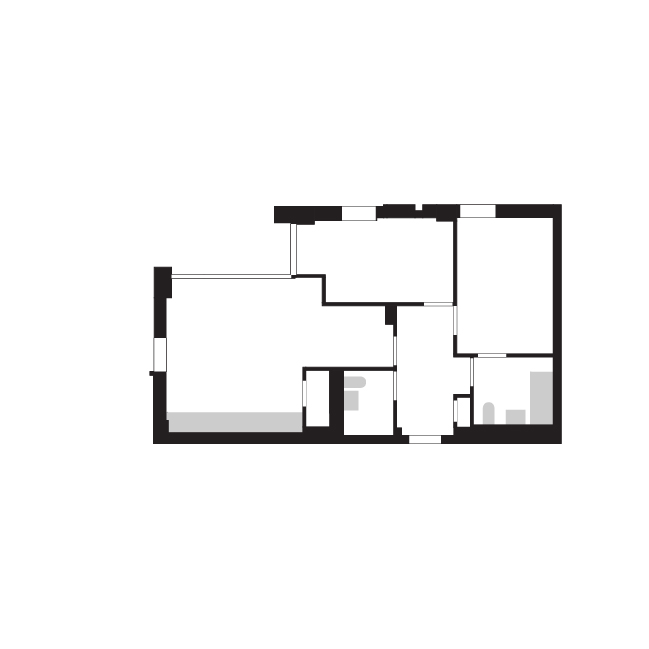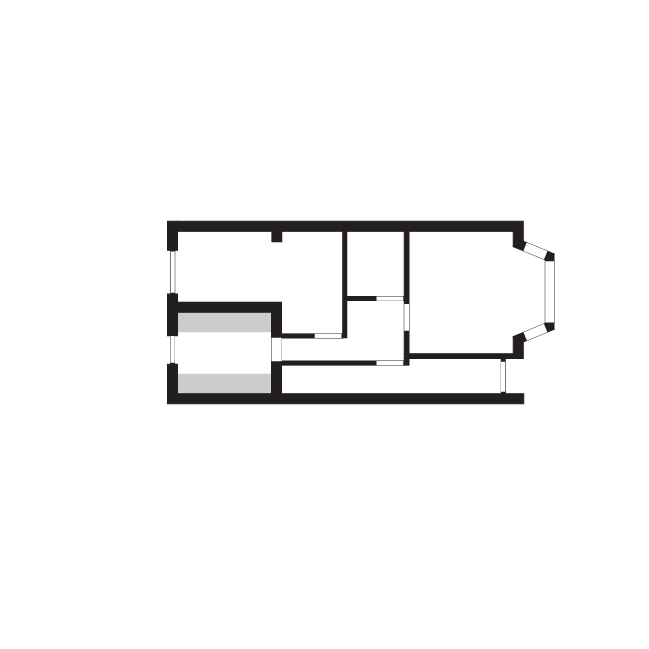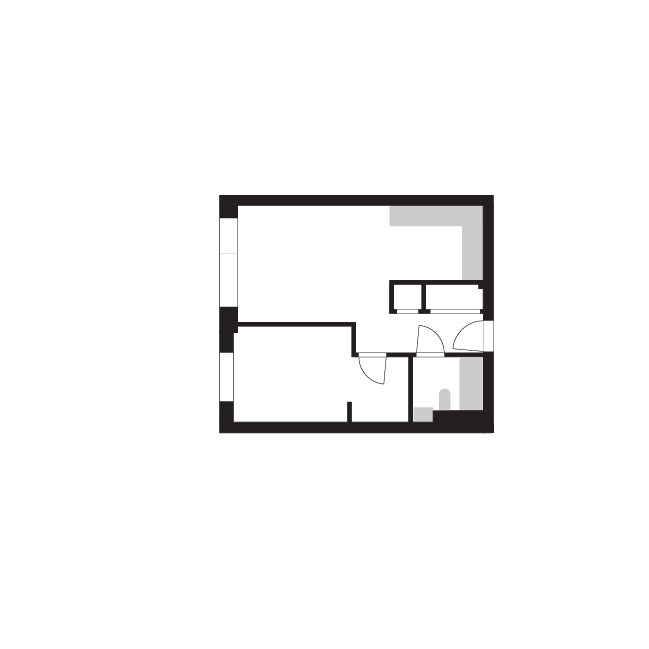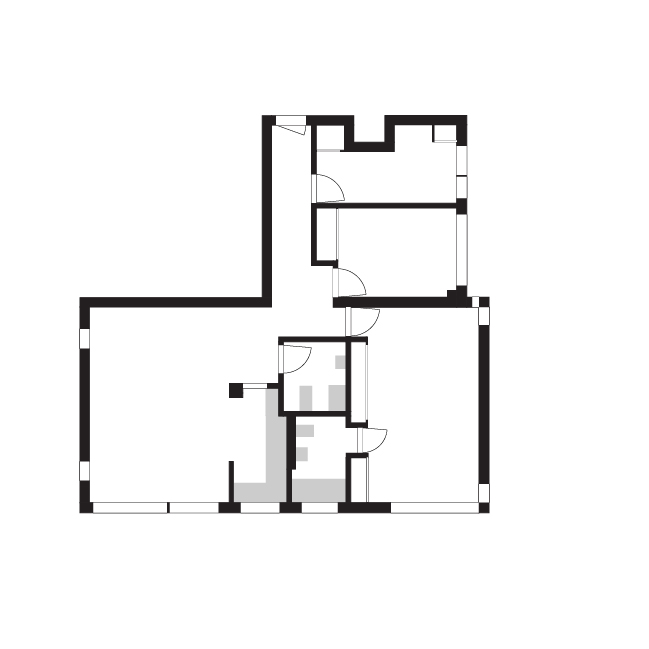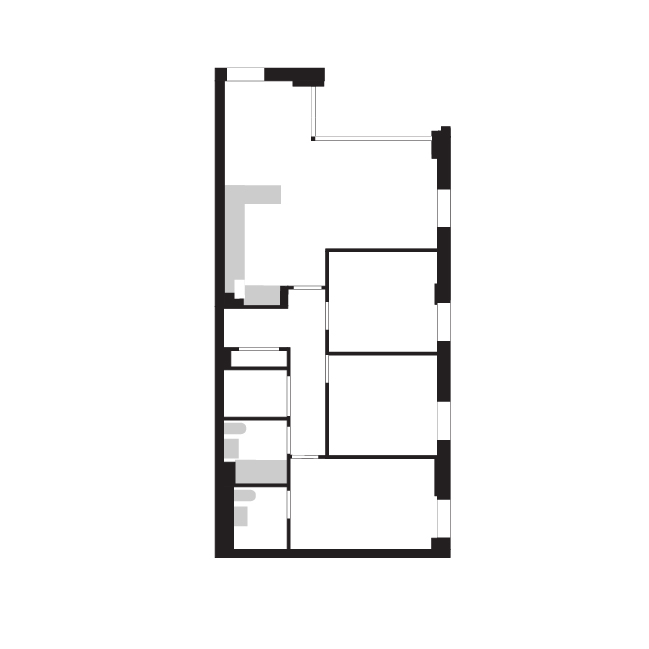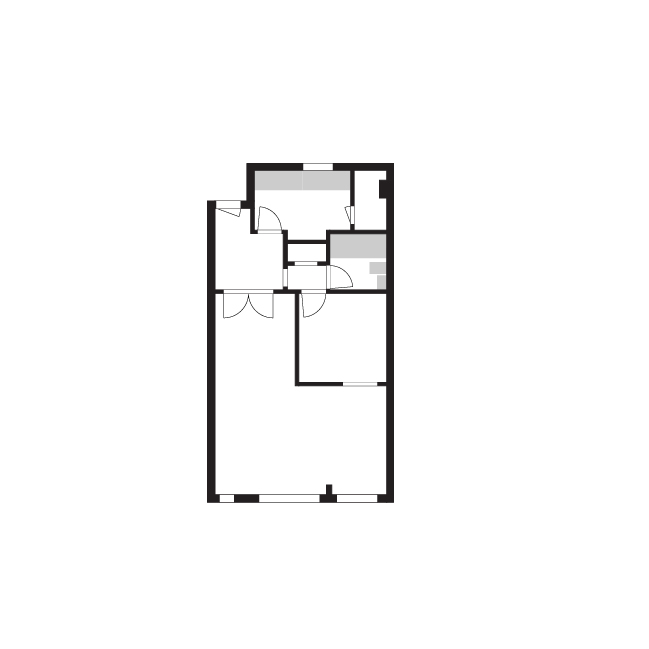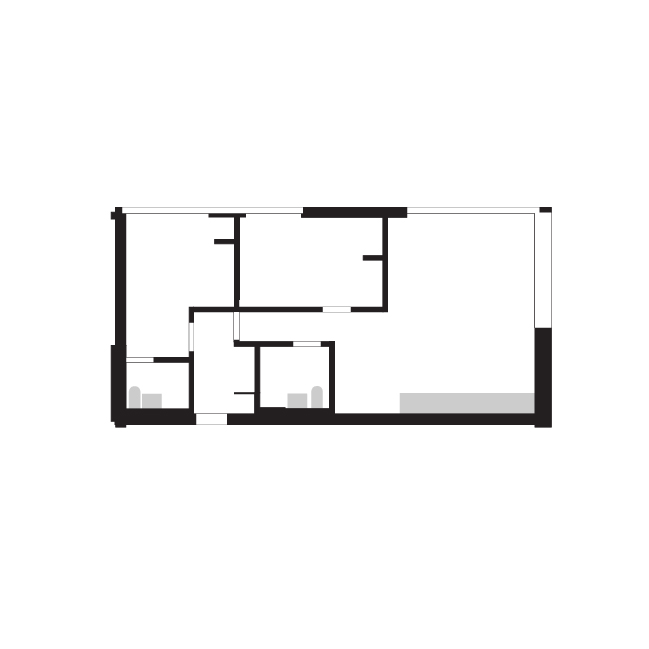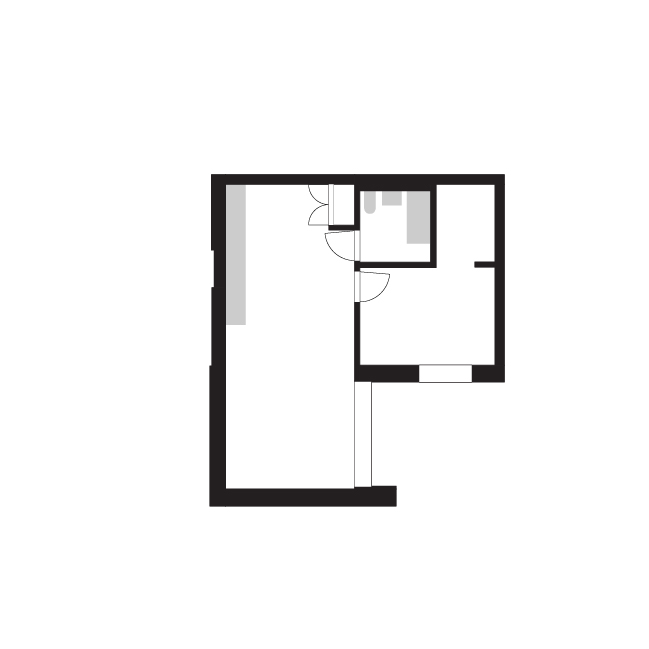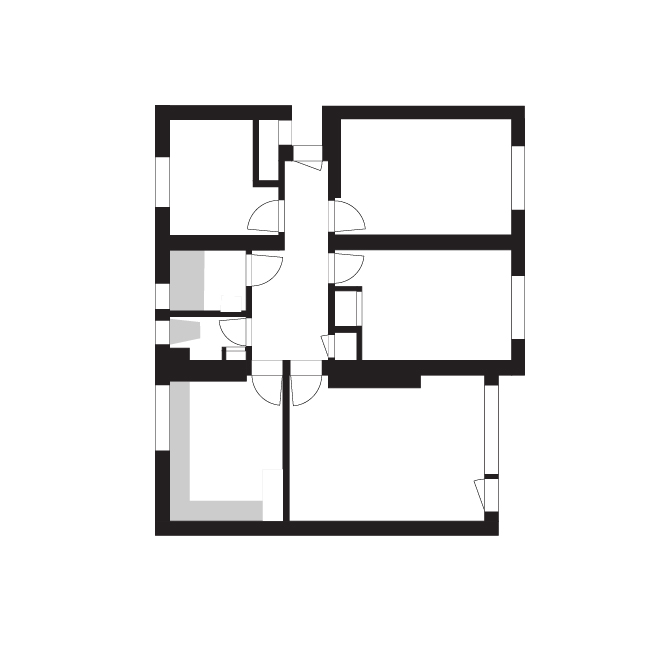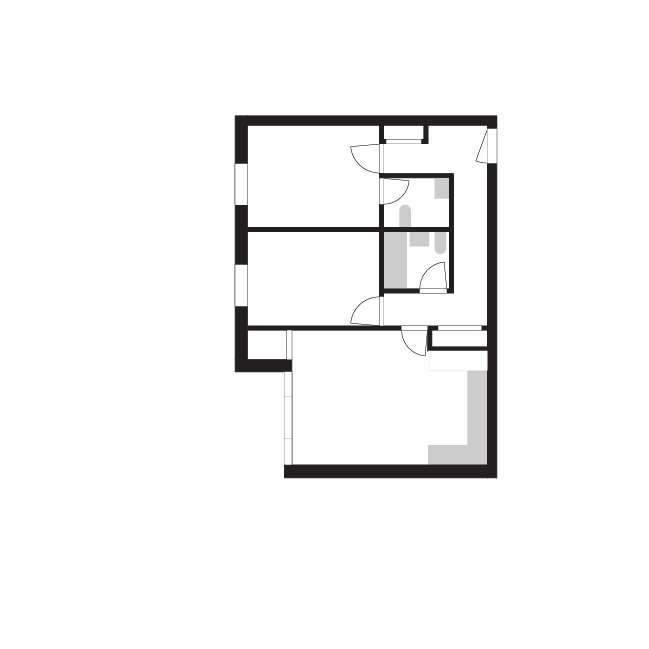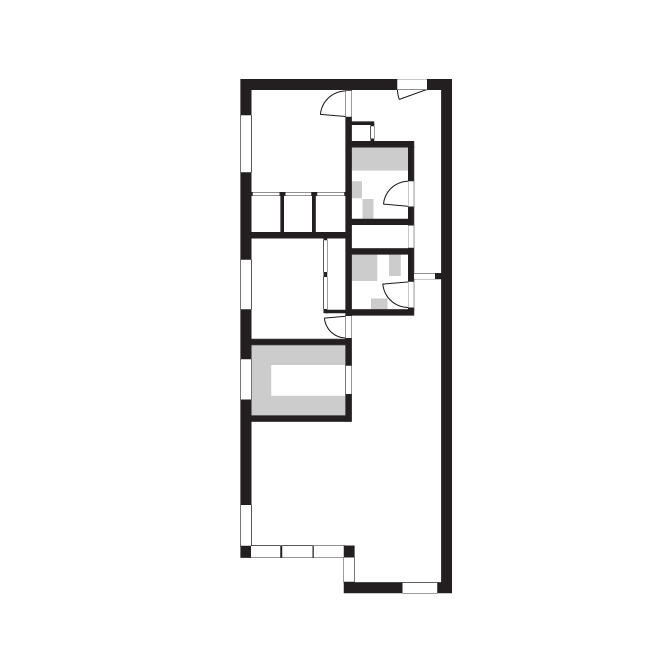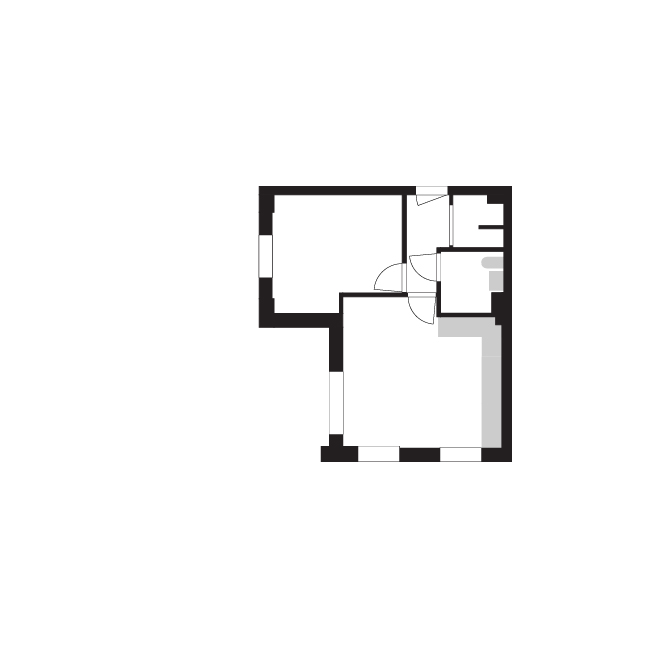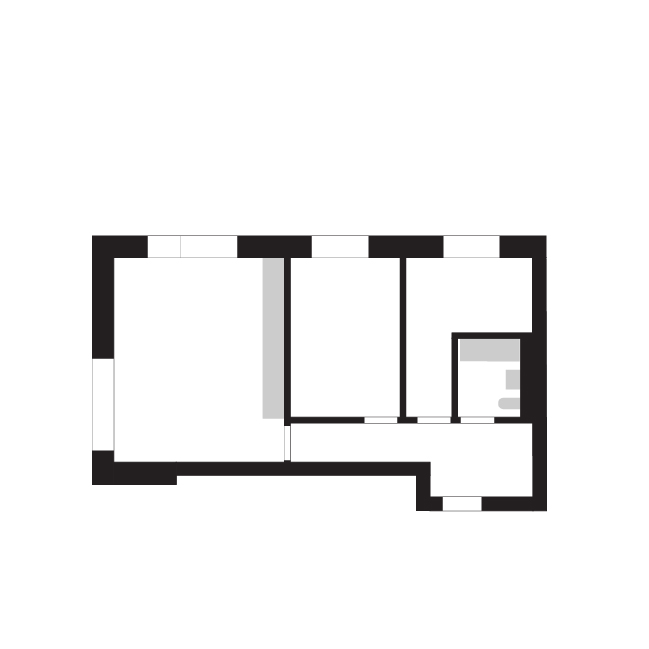Analysis of Housing Floor Plans in London
Year 2021
Team Seyithan Ozer (Lead Researcher), Wojciech Mazan (Researcher), Sam Jacoby (Research Supervisor)
Funder Prosit Philosophiae Foundation
Dimensional and geometric data was extracted with the help of XCYDE.
The UK has a long tradition of assessing housing outcomes and housing quality in terms of dwelling size, with space standards used to prescribe the minimum spatial requirements for domestic functions deemed essential. To analyse the relationships between space standards and dwelling size and how the functionality of homes is measured against floor areas, we analysed a new dataset with detailed plan dimensions sampled from inner London housing and compared it against London Design Guide (2010).
Further insights and an interactive floor plan exploration tool will be available soon.
Year 2021
Team Seyithan Ozer (Lead Researcher), Wojciech Mazan (Researcher), Sam Jacoby (Research Supervisor)
Funder Prosit Philosophiae Foundation
Dimensional and geometric data was extracted with the help of XCYDE.
Size of Dwellings
The majority of the analysed dwellings consists of one- (25%), two- (41%), and three-bedroom (21%) dwellings. The sample of studio flats (3%) and four- (9%) and five-bedroom (2%) dwellings is comparatively small. This distribution is consistent with the inner-London housing stock characteristics (24% one-bedroom, 41% two-bedroom, %21 three-bedroom, and 9% four-bedroom dwellings) reported by the VOA (2018). The majority of dwellings are also one-storey (67%), followed by two-storey (29%) and a small portion of three-storey dwellings (4%).
Distribution of the sizes of one-storey (flats) and two-storey dwellings (n=2283, bin size = 5m²).
View the webpage on a wider screen to see the graphs.
Distribution of the sizes of one-storey (flats) and two-storey dwellings (n=2283, bin size = 5m²).
Dwellings in London unsurprisingly cover a wide range of sizes. In one-storey and two-storey homes, the largest dwellings are often 2 to 2.5 times the size of the smallest dwellings with the same number of storeys and habitable rooms. However, average dwelling sizes remain closer to the lower end of these ranges (Table 2). This distribution is expected, as mainstream housing tends to be more standardised and designed to just meet minimum expectations, whether defined by space standards or market norms.
Comparison against Nationally Described Space Standards (2015)
| Number of Floors | Number of Rooms | n | % Above |
|---|---|---|---|
| one-storey | studio | 59 | 37% |
| one-storey | one-bedroom | 547 | 42% |
| one-storey | two-bedroom | 733 | 47% |
| one-storey | three-bedroom | 194 | 44% |
| two-storey | two-bedroom | 204 | 50% |
| two-storey | three-bedroom | 270 | 36% |
| two-storey | four-bedroom | 169 | 29% |
Assessing how the plan data compares to the London Standards, only 39% of dwellings meet minimum internal floor areas. Strikingly, only 37% of studios meet the absolute minimum dwelling size of 37m² (for one bedspace and one person with only a shower room, otherwise minimum 39m²). The proportion of three- and four-bedroom dwellings failing dwelling size standards (68% and 70% respectively) is higher than for dwellings with fewer rooms (9% for one-bedroom and 56% for two-bedroom dwellings). In comparison, a substantial proportion of five-bedroom dwellings, which are all three-storeys tall, satisfy minimum dwelling size requirements (64%).
Bedroom Sizes
Distribution of the sizes of primary (n=2223) and secondary rooms (n=2676, bin size = 1m²). Primary room refers to the largest bedroom in a dwelling. Secondary rooms are all the remaining rooms.
View the webpage on a wider screen to see the graphs.
Distribution of the sizes of primary (n=2223) and secondary rooms (n=2676, bin size = 1m²). Primary room refers to the largest bedroom in a dwelling. Secondary rooms are all the remaining rooms.
The average size of the main bedroom is 13.6m². This increases with the number of bedrooms in a dwelling from 11.8m² in one-bedroom to 16m² in four-bedroom homes. The average size of secondary bedrooms are similar for two- (10.1m²), three- (9.9m²), and four-bedroom dwellings (10.3m²), but the size of the smallest bedroom decreases with the number of bedrooms in a dwelling – from 10.1m² in two-bedroom to 7.6m² in four-bedroom dwellings.
Living Area Sizes
Distribution of living area sizes (n=2283, bin size = 1m²). This includes kitchen, living and dining areas.
View the webpage on a wider screen to see the graphs.
Distribution of living area sizes (n=2283, bin size = 1m²). This includes kitchen, living and dining areas.
The average living area (living room and kitchen) increases with the number of bedrooms in a dwelling from 24.8m² in one-bedroom to 34m² in four-bedroom dwellings. This difference in average size is proportional to changes in living area sizes in space standards, but overall 47% of dwellings are smaller. Shortage of living area is more significant in substandard one-storey dwellings, with only 25% satisfying the combined living area recommended in the London Standards, while 43% of substandard two-storey dwellings achieve them.
Floorplans
You can filter plans using the buttons below.

